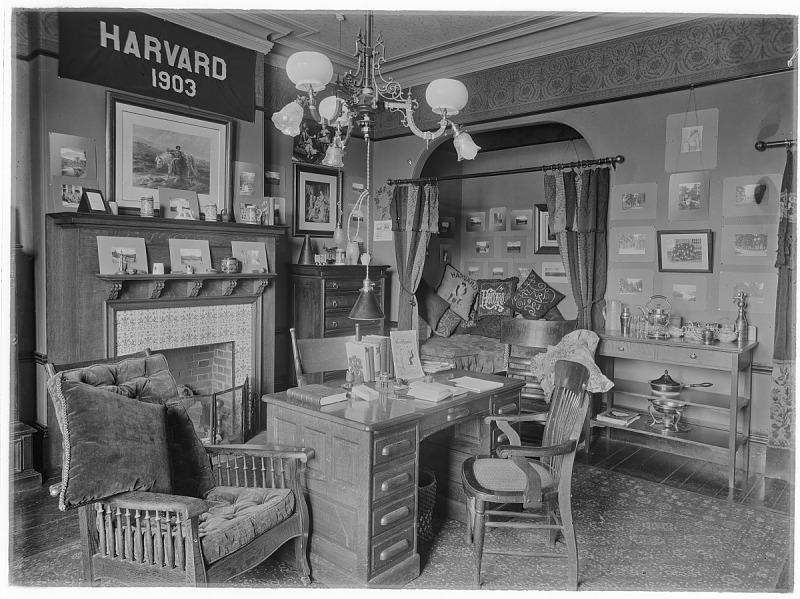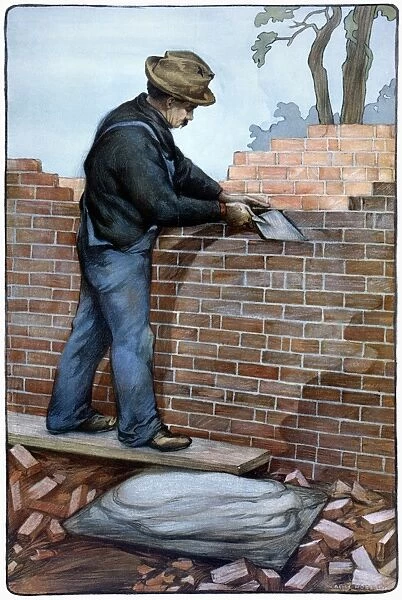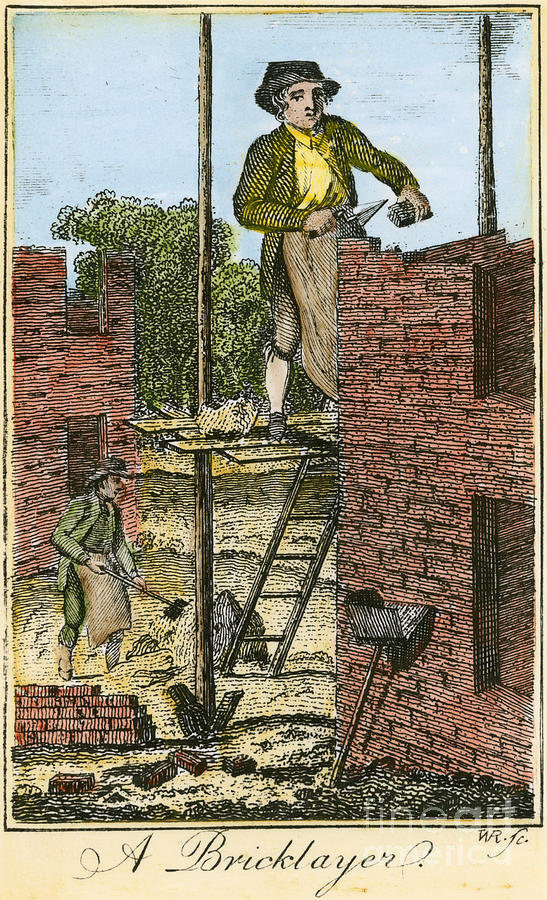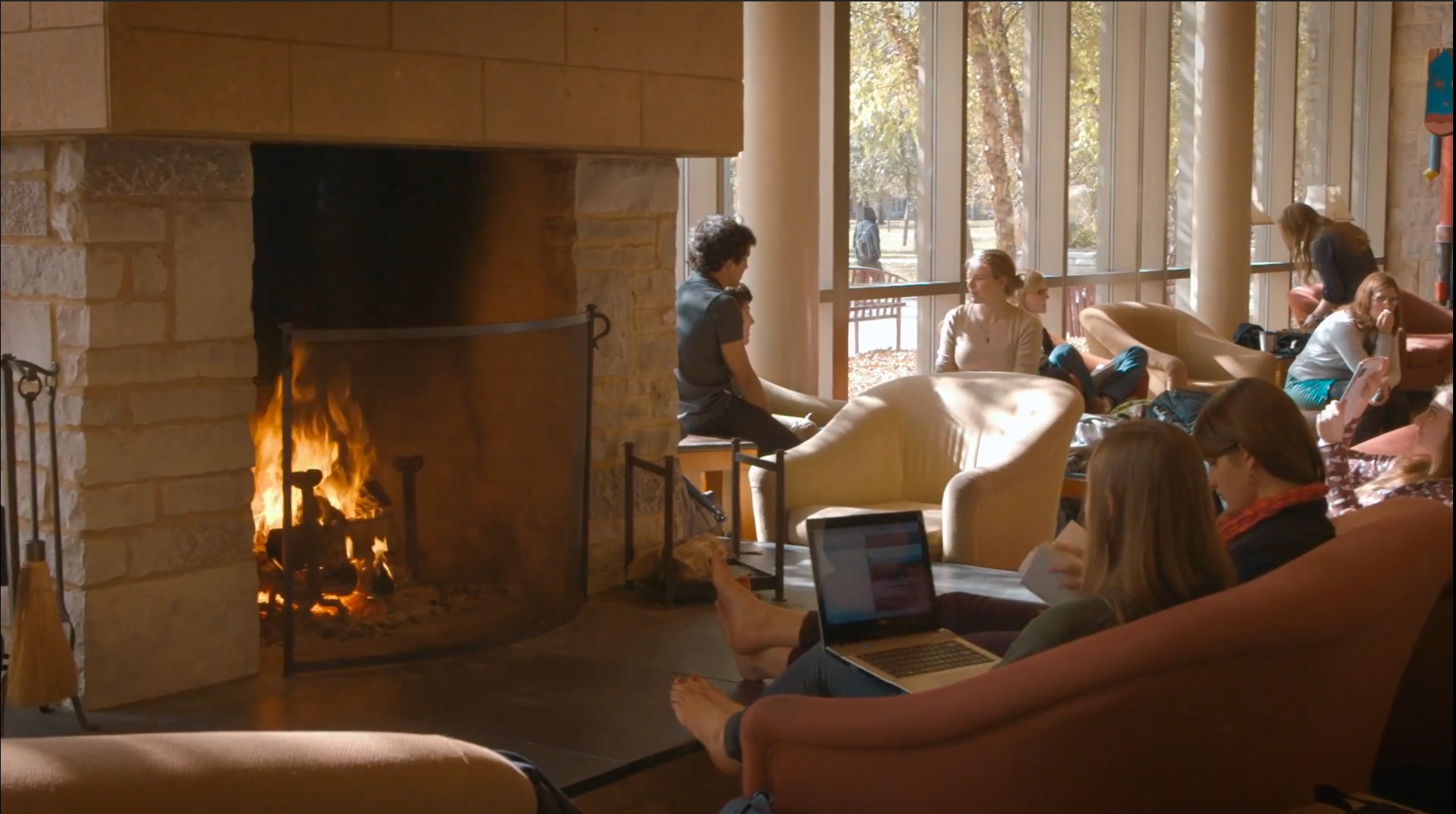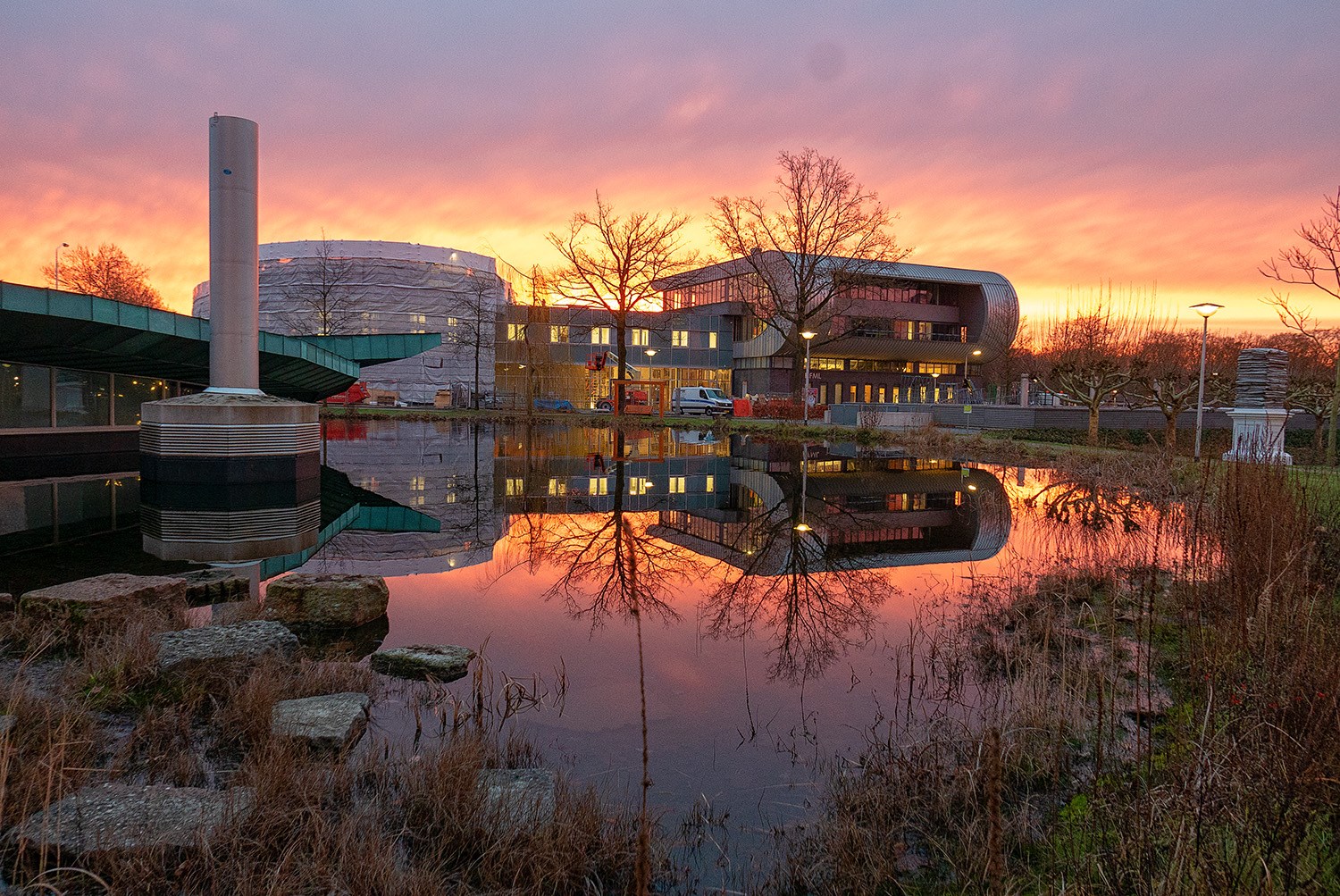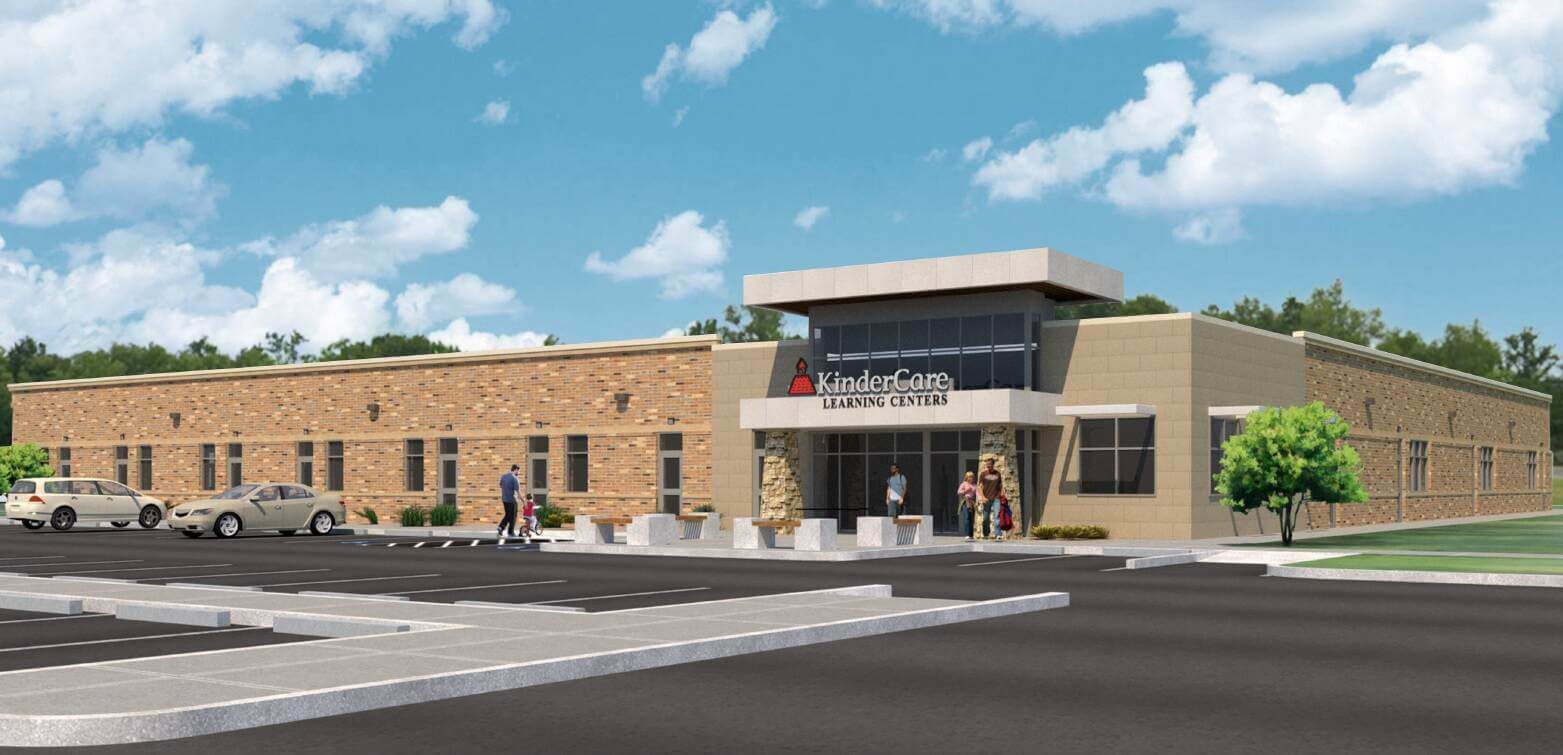Dickinson County Michigan
- Home Page 54

Masonry
“Buildings, too, are children of Earth and Sun.”
— Frank Lloyd Wright:
Today we sort through the best practice literature for designing and building education settlements with brick — the world’s oldest construction material. Masonry is a term used to describe the construction of structures using individual units that are bound together with mortar. Brickwork is a specific type of masonry that involves the use of bricks as the primary building units.
We use the terms interchangeably reflecting vernacular use in the literature. Brickwork in building construction lies in its ability to provide structural strength, fire resistance, thermal and sound insulation, aesthetic appeal, low maintenance, environmental friendliness, cost-effectiveness, and versatility.
Use the login credentials at the upper right of our homepage.
The genius of bricklayers on view here. A wonderfully ornamental effect is achieved almost entirely through ingeniously combining 228*108*54mm cuboids of baked mud. No sculpted mouldings, no fine imported materials, just brilliant and thoughtful craftmanship. pic.twitter.com/KxZw2HmFLD
— Samuel Hughes (@SCP_Hughes) October 19, 2023
Masonry is a construction technique that involves the use of individual units, typically made of materials like brick, stone, concrete blocks, or clay tiles, which are bound together with mortar to create walls, columns, or other structural elements. Masonry has been used for thousands of years and remains a popular method for building various structures, including houses, commercial buildings, bridges, and more.
The key components of masonry construction are:
- Masonry Units: These are the individual building blocks or pieces, such as bricks or stones, that form the structure. They come in various shapes, sizes, and materials, depending on the specific requirements of the project.
- Mortar: Mortar is a mixture of cement, sand, and water that is used to bind the masonry units together. It acts as both an adhesive and a filler between the units, providing strength and stability to the structure.
- Masonry Workmanship: Skilled craftsmen, known as masons, are responsible for arranging and securing the masonry units with mortar. Their expertise ensures the structural integrity and aesthetic quality of the finished product.
Masonry construction offers several advantages:
- Durability: Masonry structures are known for their longevity and resistance to fire, weather, and pests.
- Aesthetic Appeal: Masonry can be used to create intricate designs and patterns, making it a popular choice for architectural and decorative elements.
- Energy Efficiency: Masonry walls have good thermal mass, which can help regulate indoor temperatures and reduce energy costs.
- Low Maintenance: Masonry structures typically require minimal maintenance over the years.
Masonry can be categorized into different types based on the materials and methods used. Some common forms of masonry include:
- Brick Masonry: This involves using clay or concrete bricks to build walls and structures. It is widely used in residential and commercial construction.
- Stone Masonry: Natural stones, such as granite, limestone, and slate, are used to create walls and structures in this type of masonry. It’s often used for historical or architectural projects.
- Concrete Block Masonry: Concrete blocks are used to construct walls in this form of masonry, and it’s commonly seen in industrial and commercial buildings.
- Reinforced Masonry: Steel reinforcement is incorporated into masonry walls to enhance structural strength.
Masonry is a versatile construction method that can be used in various applications, and it continues to be a fundamental part of the construction industry.
More:
College of West Anglia: Bricklayer Apprenticeship
North Carolina State University Industry Expansion Solutions: Fireplace & Chimney Safety
Salt Lake Community College: Brick Mason
Occupational Safety and Health Administration: Fall Protection
Fireplace Brickwork
International Building Code | Chapter 27 Masonry
Founded in 1904 in Farmington Hills, Michigan, the ACI has the most widely adopted catalog of consensus-based standards for design, construction, educational programs, certification programs, and proven expertise for individuals and organizations involved in concrete design, construction, and materials, who share a commitment to pursuing the best use of concrete — the most widely used construction material in the world.
Concrete Constructability – Where do Students/Young Professionals Learn It?
Q. How is brickwork different from masonry? A. Brickwork and masonry are related terms in construction, but they are not exactly the same.
- Masonry refers to the broader practice of building structures using a variety of materials like stone, brick, concrete blocks, or tiles. It encompasses all forms of stonework, brickwork, and blockwork. Masonry is a general term for the craft and the materials used in creating walls, structures, and even decorative elements in construction.
- Brickwork, on the other hand, is a specific subset of masonry that involves the use of bricks as the building material. It focuses solely on the techniques and practices of laying bricks to build walls, arches, and other structural or decorative elements.
While all brickwork is masonry, not all masonry is brickwork. Masonry can also involve stone or other materials, whereas brickwork is specifically about bricks.
Q. What is the difference between cement and concrete? A. Cement and concrete are two different materials, although they are often used together in construction projects. Cement is a powdery substance that is used as a binder in building materials, while concrete is a composite material made up of cement, water, and aggregates (such as sand, gravel, or crushed stone).
Cement is produced by grinding clinker (a mixture of raw materials such as limestone, clay, and iron ore) with gypsum and other additives, to produce a fine powder. This powder is then mixed with water to create a paste that can be used to bind building materials together, such as bricks or blocks, or to create mortars and grouts for masonry work.
Concrete, on the other hand, is a mixture of cement, water, and aggregates. The aggregates are typically added to provide strength and bulk to the concrete. The type and size of aggregates used can vary depending on the desired strength, texture, and other properties of the concrete.
Q. What skill standards are required of certified practitioners? A. Concrete work requires knowledge of materials, tools, techniques, safety practices, and local building codes. The specific skill standards may vary depending on the scope and complexity of the concrete work, as well as the location and applicable regulations. Some of the common skills and knowledge required for managing or installing concrete include:
- Knowledge of materials: Understanding the properties of cement, aggregates, admixtures, and other materials used in concrete, as well as their interactions and effects on the final product.
- Ability to read plans and specifications: Being able to interpret blueprints, drawings, and other project documents to understand the scope of work, the required concrete mix design, and any special requirements or constraints.
- Concrete mixing and placement techniques: Knowing how to properly mix concrete ingredients, and how to place and finish concrete using various techniques and tools, such as screeds, trowels, and floats.
- Safety practices: Understanding and following proper safety practices when working with concrete, such as wearing personal protective equipment (PPE), using proper lifting techniques, and ensuring proper ventilation.
- Knowledge of local building codes: Being familiar with local building codes and regulations related to concrete work, such as minimum thickness and strength requirements, reinforcement specifications, and other standards.
Q. What other organizations are involved in standards setting in this domain? A. There are several organizations that develop standards for concrete construction. These standards are used to ensure that concrete structures are safe, durable, and meet the requirements of building codes and regulations.
- ASTM International: ASTM International is a global organization that develops and publishes technical standards for a wide range of materials, products, systems, and services. ASTM has published many standards related to concrete materials and construction, including specifications for concrete mix design, testing methods for concrete strength and durability, and guidelines for concrete repair and maintenance.
- National Ready Mixed Concrete Association (NRMCA): The NRMCA is a trade association that represents producers of ready-mixed concrete and provides education and resources on the use of ready-mixed concrete. The NRMCA develops standards and guidelines related to concrete mix design, quality control, and sustainability.
- International Concrete Repair Institute (ICRI): The ICRI is a professional association that focuses on concrete repair and restoration. The ICRI develops standards and guidelines for concrete repair and maintenance, including guidelines for surface preparation, repair materials, and application techniques.
Trowel Trades
Bricklayers, sometimes known as masons, are skilled craftsmen that must be physically fit, have a high level of mathematical skill and a love for precision and detail.
Bricklaying standards are guidelines and specifications that ensure the quality and safety of bricklaying work. These standards are often established by industry organizations, regulatory bodies, or national building codes. While specific standards may vary by region, some core bricklaying standards include:
Building Codes: Compliance with local building codes is essential. These codes provide regulations for construction practices, including specifications for masonry work. Bricklayers must adhere to the building codes relevant to the specific location of the construction project.
ASTM International Standards: ASTM International (formerly known as the American Society for Testing and Materials) develops and publishes technical standards for various industries, including construction. ASTM standards related to bricklaying cover materials, testing procedures, and construction practices.
Masonry Construction Standards: Organizations like the Masonry Standards Joint Committee (MSJC) in the United States publish standards specifically focused on masonry construction. These standards address topics such as mortar, grout, reinforcement, and structural design considerations.
Quality Control: Standards related to quality control in bricklaying include specifications for mortar mixtures, proper curing of masonry, and guidelines for inspecting finished work. Adherence to these standards helps ensure the durability and longevity of the masonry construction.
Safety Standards: Occupational safety standards, such as those outlined by the Occupational Safety and Health Administration (OSHA) in the United States, are critical for protecting workers on construction sites. These standards cover aspects like fall protection, scaffolding safety, and the proper use of personal protective equipment.
Brick and Block Standards: Standards related to the dimensions, composition, and properties of bricks and concrete blocks are important for achieving structural integrity. These standards specify characteristics such as compressive strength, absorption, and dimensional tolerances.
Construction Tolerances: Tolerances dictate acceptable variations in dimensions and alignments in bricklaying work. These standards help ensure that the finished structure meets design specifications and industry-accepted tolerances.
Testing and Inspection: Standards related to the testing and inspection of masonry work help verify that construction meets specified requirements. This includes procedures for mortar testing, grout testing, and overall quality inspections.
It’s important for bricklayers and construction professionals to be aware of and follow these standards to guarantee the safety, quality, and compliance of their work. Additionally, staying informed about updates to industry standards is crucial as they may evolve over time to reflect advancements in materials, techniques, and safety practices.
Installer Tile Specialist Installation Standards
Installer Tile Specialist (ITS) Installation Standards Verification (English)
– I am American 🇺🇸
– I’ve lived in Texas my entire life and never been outside the USA, YET.
– I’ve been mass reported by many haters, hi guys 🥱
– I own a Tile/Masonry business.
– My goal: Inspire others to Learn a Trade.
– I used to be a liberal, Thank God for 𝕏 opening my… https://t.co/6wYoxazTew pic.twitter.com/olmBRYCLPg— Mary Tiles Texas (@MaryTilesTexas) April 14, 2025
Moral Inquiry
🍂🍁It’s the most wonderful time of the year @Radboud_Uni #teamherfst #AutumnVibes pic.twitter.com/Q8HHtGVXvr
— Radboud University (@Radboud_Uni) September 23, 2022
“Faith of our Fathers”
“Faith of Our Fathers” is a hymn written in 1849 by Frederick William Faber, a Catholic priest, to honor the steadfast faith of Catholic martyrs, particularly in England during times of persecution. Set to the tune “St. Catherine,” it celebrates the enduring legacy of faith passed down through generations, emphasizing resilience against adversity. The lyrics reflect themes of sacrifice, courage, and devotion, urging believers to uphold their faith despite challenges.
Originally Catholic, the hymn has been adapted by various Christian denominations, symbolizing a universal call to remain steadfast in spiritual conviction, inspired by ancestral faithfulness.
Electrical Meter Center Manufacturing
Underwriters Laboratories Standard for Safety for Panelboards (UL 67) articulates product specifications for a central feature of all building power chains. Panelboards are first entry of electrical energy in a residence, for example; and are found everywhere in education and healthcare facilities classified as commercial, industrial and institutional occupancies. Panelboards divide the power chain into subsidiary circuits, while providing a protective fuse or circuit breaker for each circuit in a common enclosure. Some panelboards — such as those classified as service entrances for residences — have main breakers positioned ahead of all downstream branch circuit breakers that must meet rigorous current interruption requirements.
Panelboards are continually improving and therefore the matrix of safety standards are revised continually; notably there installation safety requirements in the National Electrical Code. The redline is available at two places on the internet; linked below:
ANSI Standards Action | Pages 42-43
Comments are due November 3rd. You may send comments (with optional copy to psa@ansi.org). It is best to set up your own (free) account at the link below:
UL’s Collaborative Standards Development System (You will need to set up an account)
You may also find the correlating section of the most recent update of the National Electrical Code — Section 230.71(B) — at the link below:
The most significant change to the NEC that now appears in its 2020 revision requires that each service disconnecting means and its associated overcurrent devices be located within a separate compartment; to wit:
“…Each compartment shall be constructed to prevent inadvertent contact with live parts such that with the service disconnect in that compartment in the off position, no ungrounded uninsulated live part is exposed to inadvertent contact by persons while servicing any field connected load terminal, including a neutral load terminal, a branch circuit equipment grounding terminal, or the neutral disconnect link. Exposure to inadvertent contact is determined by use of the probe illustrated in Figure 6.1. lf restriction to the compartment is dependent on the installation of field installed service conductors, conductors sized in accordance with 12.1.10 shall be installed in the terminals when determining exposure to inadvertent contact. All live parts including the connector bodies and pressure screws shall be evaluated…”
Proposals of this nature, in this section and elsewhere in related sections, have appeared in proposed changes to the NEC for many revision cycles. You can sample the specifics in the links below:
Article 230 of the NEC has always been a lively “promontory” in leading practice discovery because service panels — where meters are located — are usually the locus of the maximum amount of energy entering a building. In most new installations, this change will not be visible because its effect will be in product specification for buildings that require meter banks; most likely stand-alone student residence facilities. In legacy residential installations, however, this change may expand the scope of electrical rehabilitation projects.
We generally place product standards action in the lower tier of our priority list but because this is likely to raise the cost of the product — and to inform insurance underwriting criteria — we take special note of it. There will legions of NEC trainers that will sweep through the land for the next 3 years to explain in more detail. Advocacy activity we may contemplate for the 2023 NEC, if any, will be coordinated with the experts in the IEEE Education & Healthcare Facilities Committee which meets online 4 times monthly in the Americas and Europe. Our electrical power teleconferences are hosted on the same day. See our CALENDAR for the next meeting; open to everyone.
Issue: [19-143]
Category: Electrical, Energy
Colleagues: Mike Anthony, Jim Harvey, Glenn Keates, Jose Meijer
*The change to UL 67 deals specifically with the manufacture (and ultimately, specification) of meter centers. There are no images to show what product classes are effected so we keep things light with another historical image tracking the evolution of the electrical power industry. For more information you may use the search term “meter center” to find various manufacturer product offerings.
Early Childhood Development Centers
The University of Notre Dame and St. Mary’s plan construction next year on a new on-site facility to provide child care for faculty, staff and students with children between the ages of 6 weeks and 3 years old. Growing out of the recommendations of a faculty and staff committee charged with looking at child care assistance opportunities, the new facility will open in summer 2025 and be operated by KinderCare, the nation’s largest child care and early education provider.
The center will be located on the north edge of campus near White Field, adjacent to Beichner Hall and The Landings at Notre Dame apartments.
The Early Childhood Development Centers at Notre Dame and Saint Mary’s College will continue to offer early childhood programs for children age 2 through kindergarten and will work in collaboration with KinderCare.
“We welcome KinderCare to the Notre Dame campus. Infant care is greatly needed in our community, and we are pleased that the University continues to support families’ needs for quality early childhood care and education. We look forward to continuing our mission to provide the community with high-quality accredited preschool and kindergarten programs at our two ECDC campus sites,”
— Kari Alford, Executive Director.
New update alert! The 2022 update to the Trademark Assignment Dataset is now available online. Find 1.29 million trademark assignments, involving 2.28 million unique trademark properties issued by the USPTO between March 1952 and January 2023: https://t.co/njrDAbSpwB pic.twitter.com/GkAXrHoQ9T
— USPTO (@uspto) July 13, 2023
Standards Michigan Group, LLC
2723 South State Street | Suite 150
Ann Arbor, MI 48104 USA
888-746-3670



